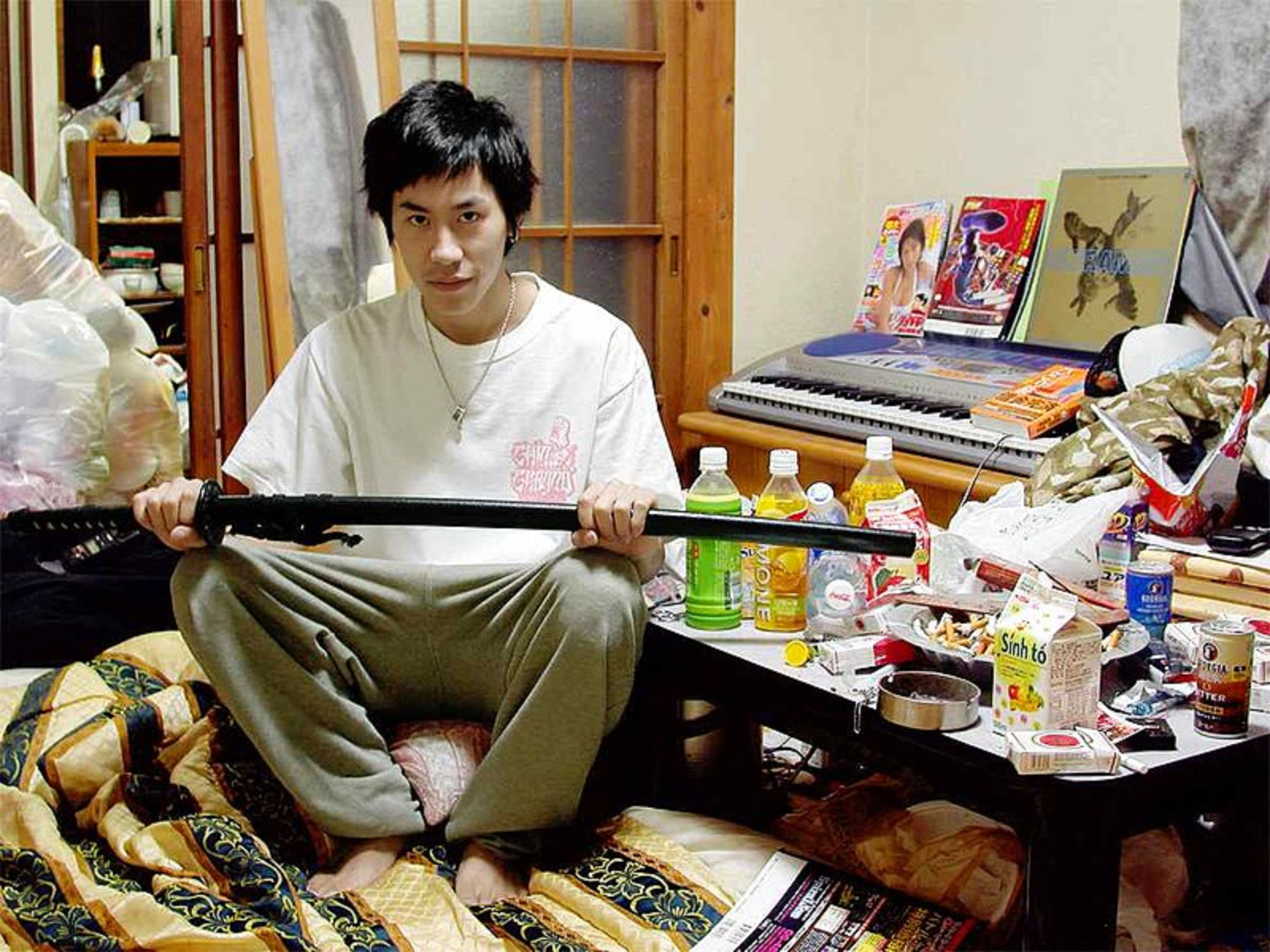The proportion of hikikomori, or recluses choosing complete withdrawal from all social interactions, has grown as part of Japan's population over the past few years. In July, psychiatrist Tamaki Saito, an expert on the subject, stated that Japan may be host to some 2 million hikikomori, more than the official government estimate of 1.15 million. Saito further warned that as new hikikomori emerge and older ones continue their reclusive lifestyle, the total number of Japanese foregoing all physical social interactions may top 10 million.
The prospect of hikikomori becoming older and more numerous places burdens on both society and the hikikomori's families. Official government estimate states that currently 613,000 hikikomori are between the ages of 40 and 64, thus begging the question of just how many elderly hikikomori will survive after their parents, who provide for all their daily needs, pass away or become incapacitated. Some elderly parents of hikikomori have even resorted to murder to prevent their reclusive children from suffering after their deaths.
Past studies argued that the primary reason for the increasing prevalence of hikikomori in Japan is related to the country's rigid social structure, which expects all individuals to conform to certain socio-economic norms. Those who are unable to become economically productive members of society, and in so doing handle the hierarchical superior-subordinate personal relationships characteristic of Japanese public settings, escape from all social interactions as they buckle under pressure. The failure of Japanese society to help such individuals recover has created a hikikomori population.



















With your current subscription plan you can comment on stories. However, before writing your first comment, please create a display name in the Profile section of your subscriber account page.